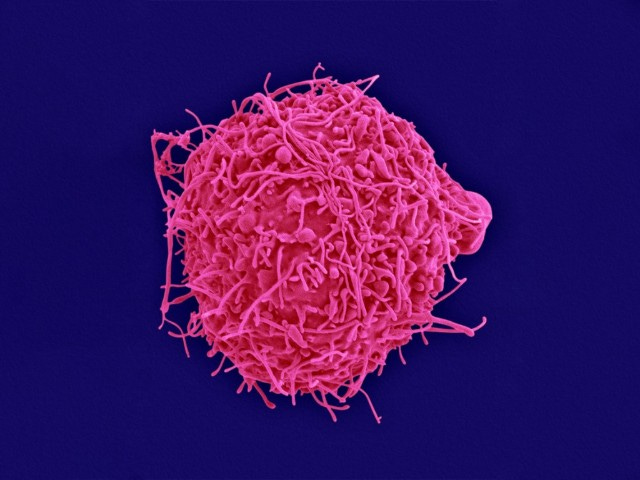Issue #178 - the science of ageing; AI generated portrait sold for $432,500; designer babies are already here
View this email in your browser
This week - the science of ageing; AI generated portrait sold for $432,500; open source robotic cat; the results of Moral Machine experiment; designer babies are already here; and more!
MORE THAN A HUMAN
Biohackers Are Implanting Everything From Magnets to Sex Toys

Research house Gartner Inc. identified do-it-yourself biohacking as one of five technology trends—others include artificial intelligence and blockchain—with the potential to disrupt businesses. The human augmentation market, which includes implants as well as bionic limbs and fledgling computer-brain connections, will grow more than tenfold, to $2.3 billion, by 2025, as industries as diverse as healthcare, defence, sports, and manufacturing adopt such technologies, researchers predicts.
Designer babies aren’t futuristic. They’re already here.
Maybe they are not selected for higher intelligence or more athletic bodies, but the "designer babies" are already here. This article follows a couple which decided to use IVF to "design" their baby so it will not inherit a genetic disease one of its parents has.
The Next Brain Implant Is a Real Live Wire
By using tissue engineering, researchers can grow tiny, three-dimensional threads of brain cells - “living electrodes.” Grown from stem cells and then packed into biodegradable gel tubes, these natural electrodes could be gentler in the brain, merging and connecting with living tissue rather than injuring it.

Another excellent video by Isaac Arthur. In Science of Aging, Isaac takes a closer look at the seven different methods that can lead to curing ageing. The video also addresses the arguments against such research and gives arguments why we should focus on making humans life healthier for longer.
How trying to solve death makes life, here and now, worse
Michael Shermer is not against solving the death. He just wants us to be a bit more sceptical and calms down the optimistic "it's going to happen in our lifetime" claims. We might find a way to live 200 years or more, yes, but we will get there in a series of many smaller steps, says Shermer.
ARTIFICIAL INTELLIGENCE
AI Art at Christie’s Sells for $432,500

French art collective Obvious used machine learning algorithms to generate a painting which they managed to sell at Christie’s New York for $432,500 including fees. That's over 40 times Christie’s initial estimate of $7,000-$10,000. The buyer was an anonymous phone bidder. The portrait was marketed by Christie’s as the first portrait generated by an algorithm to come up for auction.
Chinese AI will develop Chinese artificial consciousness
At the moment, AI does not create its own consciousness. It rather reflects the consciousness of its creators. Siri, Alexa and others reflect Western values. Chinese AI will reflect Chinese values. How would that look like is the main question the article tries to answer.
Building a Moral Machine: Who Decides the Ethics of Self-Driving Cars?
This article summarises the results of the Moral Machine - an MIT moral experiment focusing on the ethics of self-driving cars and how different people tackle the Trolley problem in general. There are some interesting insights like more respondents chose to save a criminal than a cat, but fractionally preferred to save a dog over a criminal. As a global average, being old is judged more harshly than being homeless—yet homeless people were spared less often than the obese. Regional and cultural differences also play a role here.
ROBOTICS
Nybble - World's Cutest Open Source Robotic Kitten

I like this project. Nybble is an open source robotic cat that teaches how to build and program a robot. The project is on Indiegogo right now where it reached its goal and should be shipped to early backers somewhere around the end of the year.
BIOTECHNOLOGY
Ginkgo Bioworks Is Turning Human Cells Into On-Demand Factories

Wired gets behind the closed doors of Ginko Bioworks, a company founded by Tom Knight—an original grandfather of synthetic biology, along with Harvard geneticist George Church and biotechnologist Craig Venter, to design custom microbes.
Genome Hackers Show No One’s DNA Is Anonymous Anymore
Protecting one's privacy in the age of cheap genome sequencing and massive DNA bases will the tricky if not possible. One study found that once a genetic database covers roughly 2% of the adults in a given ethnic population, a match of a third cousin or closer is expected for almost any person of interest. Another guy has proven it was possible to unmask the identities of people listed in anonymous genetic databases using only an Internet connection. And recently a genetic ancestry database was used to find a murderer.
Thank you for subscribing,
Conrad Gray (@conradthegray)
If you have any questions or suggestions, just reply to this email or tweet at @hplusweekly. I'd like to hear what do you think about H+ Weekly.
Follow H+ Weekly!



